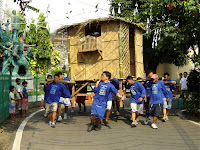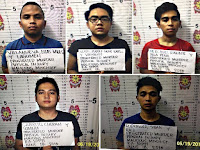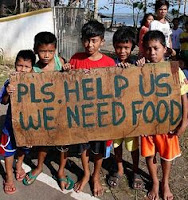 |
| Photo taken from Google |
Culture refers to the traits and personalities of a specific race. The Philippines is a known country for its cultures and traditions having been influenced by foreign forces. Colonial mentality crept in our minds and it runs through deep affecting our Filipino culture, practices and traditions. Before, women were generally diffident, refined and inhibited. A girl before was not seen alone with a man, no touching not even her hands when talking to each other they were always an arm’s length apart. On the other hand, a man before had to undergo and should pass several tests before they can date a woman.And most especially, men were famous of the so called“Harana” or the old school way of courting or pursuing the heart of a woman. But with the influence of western ideas of dating and courtships, these practices are now out of the trend.
 |
| Photo taken from Google |
A different scene happens when the technologies and westernized way of living influenced the Filipinos where courting takes place through social media like chatting, video calls, or texting which cause Filipinos have colonial mentality (Anonymous, 2011).
 |
| Photo taken from Google |
Bayanihan is one of the most famous Filipino culture. It is assisting one’s neighbor as a group and doing a task together to make the job easier. But those traits are gone now. Aside from the change of environment there is also a change in people’s attitudes and dispositions. This perception was influenced by the western countries to be independent and having the ability to do the things without the help of others or so called individualism. A group of sociology students had conducted a social experiment entitled “The Lost Wallet” last April 15, 2016. The said social experiment came up with a result that some of the Filipino people did not care for the owner’s feeling even though the wallet was placed in front of the subject. Indeed, Filipinos are now influenced by western culture.
 |
| Photo taken from Google |
Another famous culture of the Filipinos is the “Utang na Loob” or debt of gratitude. This is where Filipinos would owe somebody who has helped them overcome trials. However, because of colonial mentality, it somehow distorts the idea of owing someone. Sometimes, individuals would prefer not to have an obligation of appreciation to somebody who they believe is lower than them. Because of colonial mentality, there are individuals who rank others according to their standards. A person with this mentality would not have any desire to owe somebody from the squatter. It also destroys the Filipino’s culture of “Pakikisama” or Harmony (Anonymous, 2008).
-AndreBlog
























